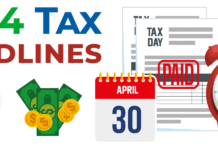Determining Factors for Your Insurance Premium
Auto insurers take into account various factors when calculating your insurance premium. These factors may include:
- Make, model, year, and safety features of your vehicle
- Personal demographics such as age, gender, and marital status
- Driving and insurance history, including claims, convictions, and completion of driving training
- Length of time holding a driver’s license
- Geographic location
- Frequency of driving and annual mileage
- Usage of the vehicle for commercial purposes
- Driving records of all household drivers listed on the policy
- Current driver’s license classification
- Market conditions
Impact of Market Conditions on Auto Insurance Rates
Market conditions significantly influence auto insurance rates. Insurers consider inflation and various other market factors that contribute to the cost of your insurance premium:
- Cost of repairing damage after a collision or loss event, including expenses for high-tech parts, appraisals, labor, towing services, and rental vehicles
- Changes in the marketplace, where high demand and low supplies lead to price hikes
- Increasing rates of theft and fraud, such as staged collisions and auto theft, which escalate insurance costs
Vehicle-Specific Impact on Insurance Rates
The vehicle you drive also plays a crucial role in determining your insurance rate. Insurers assess the make, model, year, value, and potential repair costs of your vehicle, as well as its safety features:
- Vehicles with lower insurance ratings typically cost less to insure
- Vehicles with a higher likelihood of theft generally incur higher insurance costs
- Insurers utilize the Canadian Loss Experience Automobile Rating (CLEAR) system, which analyzes claims data to assess the probability and cost of future claims for specific vehicles
Understanding how these factors influence your insurance premium can help you make informed decisions when selecting coverage for your vehicle.























